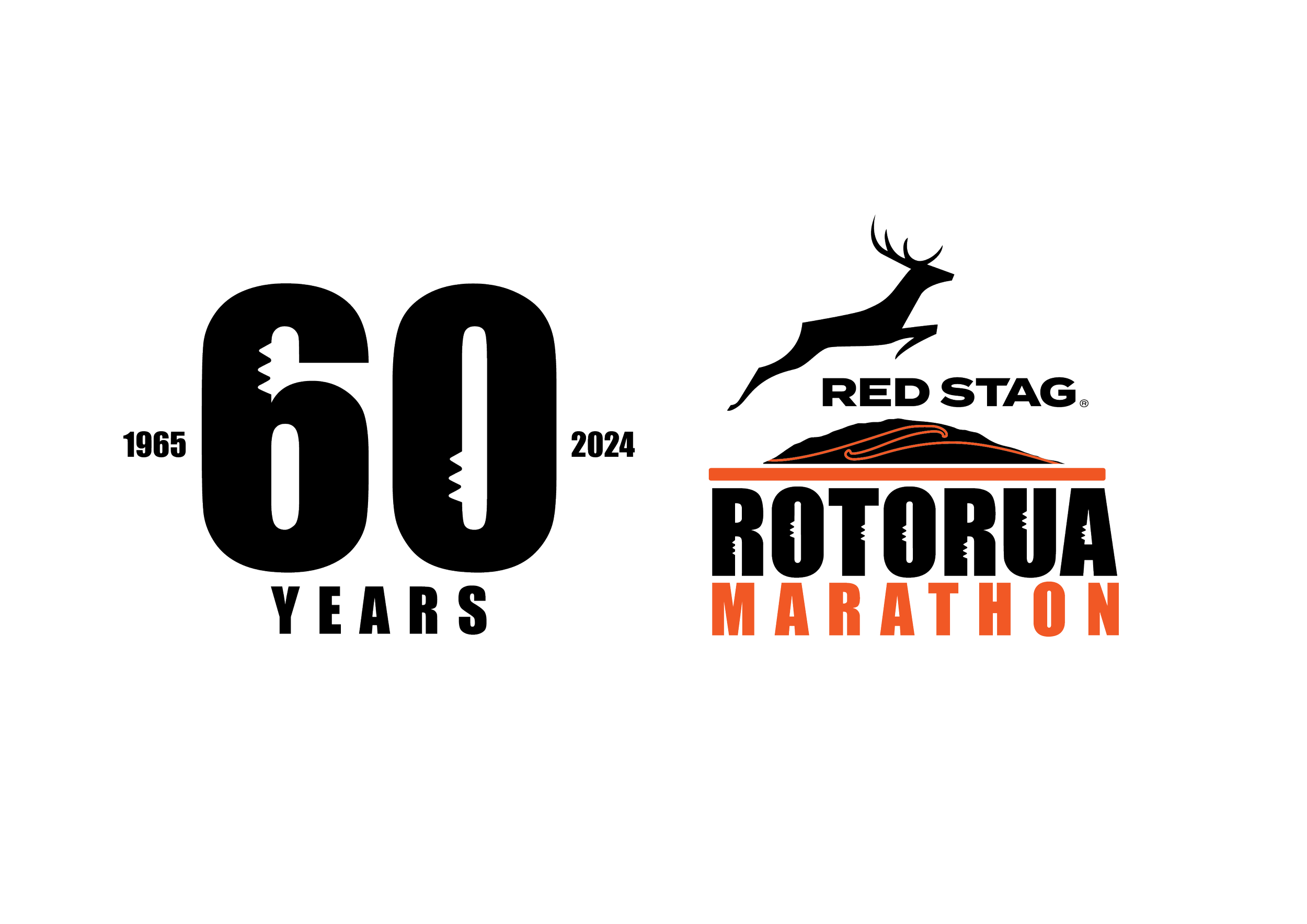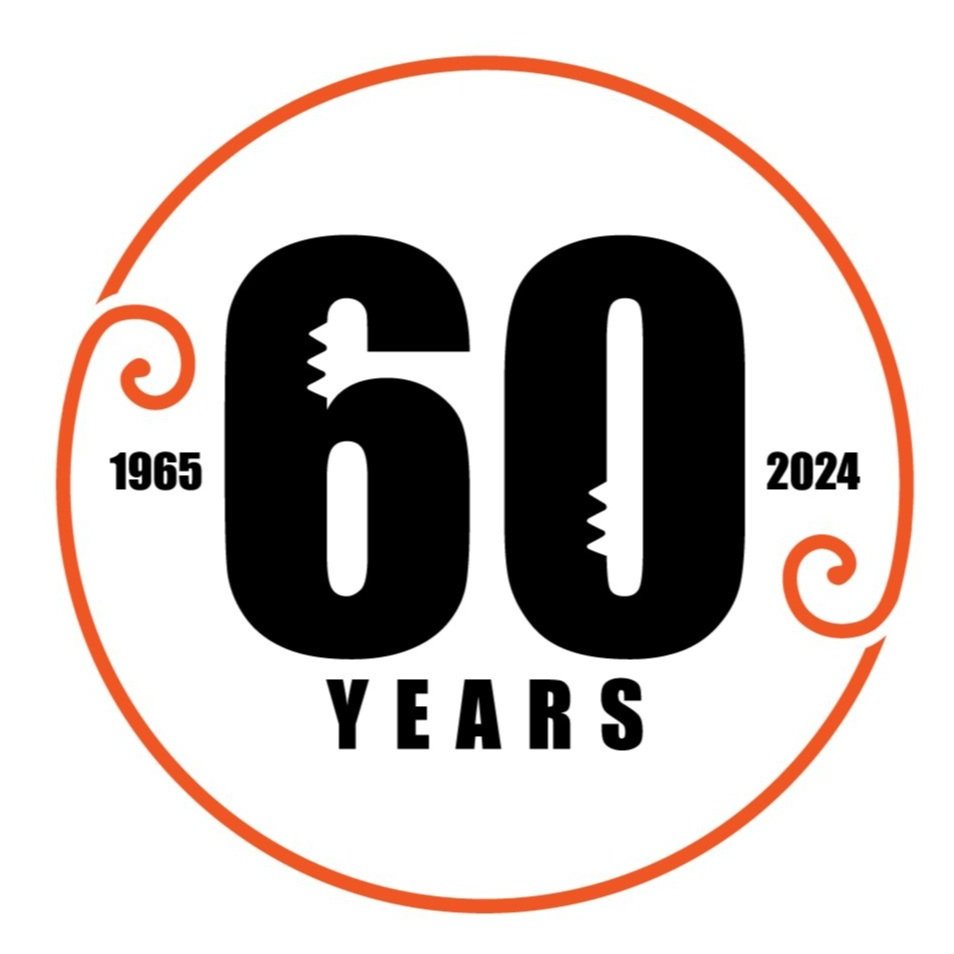HISTORY
2024 will mark the 60th edition of the Red Stag Rotorua Marathon, an iconic major New Zealand event which was first held in 1965.
The headline event is the full marathon, where participants complete the unique 42.2km ‘lap of the lake’ course around Lake Rotorua. The event caters for runners and walkers of all levels, with the full marathon (42.2km), half marathon (21km), Go Media 10km, and First Credit Union 5.5km.
The full marathon has been IAAF and AIMS Certified since 2017.
Now in its 60th year, the Red Stag Rotorua Marathon has been run almost every year since 1965, with the exception being 1999.
In the 24 hours prior to the 1999 event 200mm of rainfall was recorded and some parts of the course washed out overnight. 3,200 participants lined up in the chute, then 5 minutes before the gun the race was cancelled and Rotorua declared in ‘A State of Emergency’ just hours later. In the following week, the event t-shirts were sent back to the printers, and labeled with ‘cancelled’ and a big raincloud. They were then couriered all over the world.
2020 is the first year the event has been postponed due to Covid-19.
MORE THAN
A LOGO
The Red Stag Rotorua Marathon logo was been designed by Rotorua artist Te Wehi Preston who specialises in Taa Moko.
Drawing inspiration from the Rotorua landscape, it represents the unique connection the event has to the people, land, and cultural heritage of Rotorua.
The landscape represents the central figure of Mokoia Island as the centre point of the marathon and the orange line symbolic of the lake. The design in the Island is “Puhoro” representing speed and dexterity, while the two joining designs are symbolic of the union between Hinemoa and Tūtanekai in a loving embrace. The notches represent the spirit, body and heart of each participant as they take their own personal journey, like Hinemoa did to swim from the mainland to the island in pursuit of love and legacy.
The colours are symbolic of the environment that sustains us and the opportunity to connect to the cultural significance of Rotorua.


